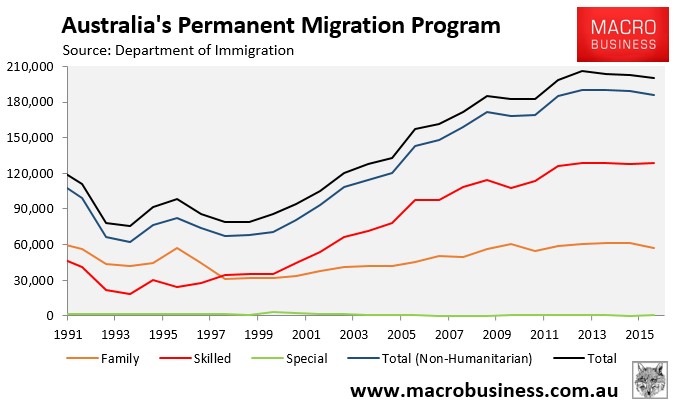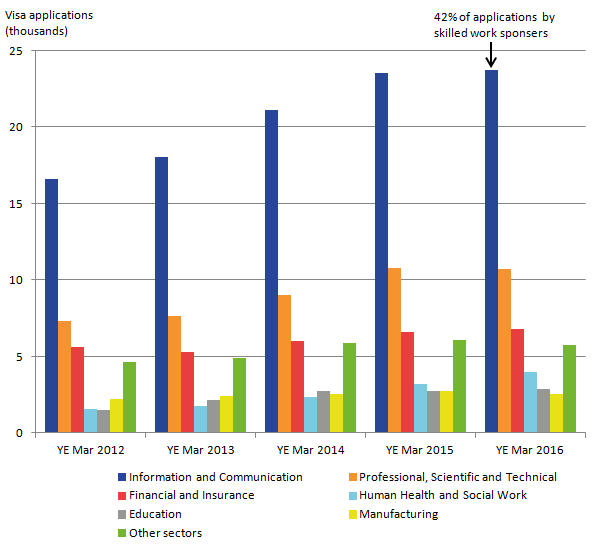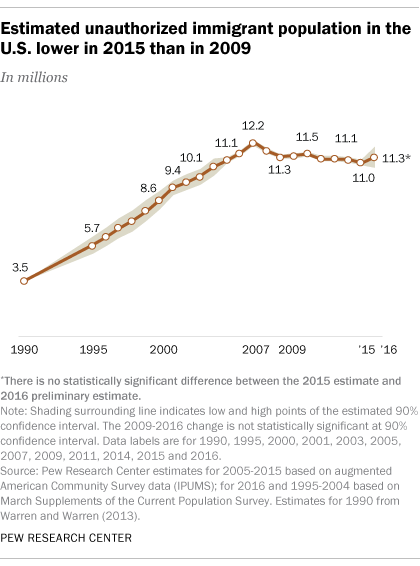Josh Bornstein, an employment and industrial relations lawyer and writer, has penned an excellent article in Fairfax arguing that de-unionisation has stifled Australian wages:
There is no plan, no working group, or commissioning of a white paper from the Productivity Commission. Instead, the government has announced a plan to pay up to 10,000 “interns” to work in the retail industry for as little as $4 an hour. This plan will only exacerbate the wages crisis…
A new consensus has emerged since the Global Financial Crisis that anaemic wages growth and increased income inequality is retarding economies and stoking political volatility in developed economies…
A workforce that is more easily divided than in the past may find itself more easily conquered… The collapse in bargaining power for workers that Haldane has observed is reflected in the plight of Australian trade unions, which are languishing at their weakest point in their history. Only 14.5 per cent of employees belong to a trade union. In the private sector, that number sits at a shocking 10 per cent and falling. The tipping point passed long ago. Australian trade unions are fighting for their survival. That wage growth and employee share of GDP has hit record lows is no coincidence…
The decline in union density in Australia has been far more pronounced than in any other OECD country…
Unions have been seriously weakened by 30 years of constant political and legislative attacks. The last conservative prime minister not to establish a royal commission into trade unions was Billy McMahon (1971-1972). For decades, business lobby groups have permanently and successfully campaigned for legislative change that weakens unions…
In this era, workplace laws have been changed in two key ways. First, the laws have been deregulated to encourage employers to cut wages and de-unionise their workplaces. At the same time, unions have been subjected to complex regulation that restricts their ability to access workplaces, recruit members and to bargain for better wages and conditions. The laws have allowed employers unprecedented ability to cut labour costs, outmanoeuvre employees and their unions while at the same time inveigling unions into a kind of regulatory quicksand…
If the suppression of wage growth is to be overcome, our laws need to radically change. When unions are allowed to function, they operate as a check and balance on unfettered managerial prerogative at work and a force that moderates income and wealth inequality…
If the government proceeds with ramping up intern programs in the labour market, the low wages crisis will further deteriorate.
This is an excellent article and I implore you to read it in full.
That said, Bornstein has touched on only one (albeit important) dimension of why wages growth has collapsed. As Houses & Holes so eloquently summarised a few weeks back:
“Australian workers are at the pointy end of a rampant class war that includes mass immigration, systematic visa rorting, hollowing out, wholesale support for property capital owners, de-unionisation, the rise of robots and media corruption”.
Indeed, Australia’s permanent migrant intake has been maintained at turbo-charged levels – even higher than during the mining boom – despite the labour market and economy having significant spare capacity.

The same can be said of the UK and US, where cheap labour floods in from the emerging EU and Mexico respectively:


Nobody is blaming the immigrants. But so long as the labour markets in the Anglosphere are flooded with cheaper foreign workers on top of the other deflationary factors why would you expect anything other than weak wages growth?
To turn the wages ship around, Australia needs a comprehensive plan for raising living standards in place of the current population ponzitiering, including:
- deep visa reform;
- much lower immigration;
- industrial relations reform possibly including stronger awards;
- wholesale productivity reform,
- a huge drive to lower the dollar and
- a renewed push into industry policy.
It ain’t rocket science.

